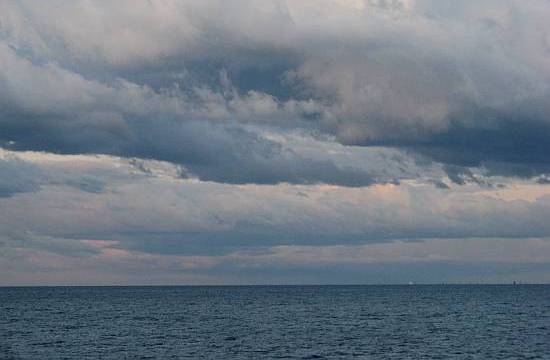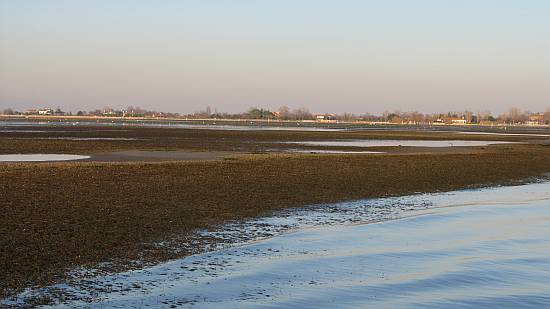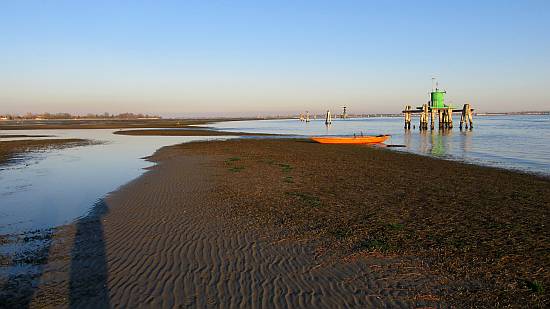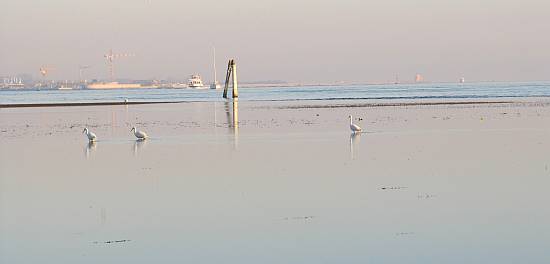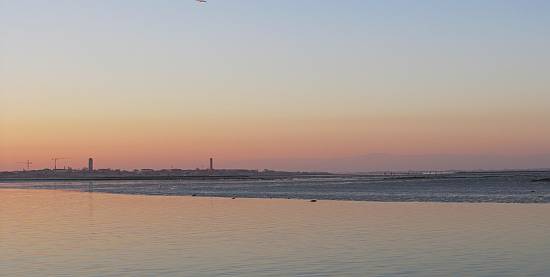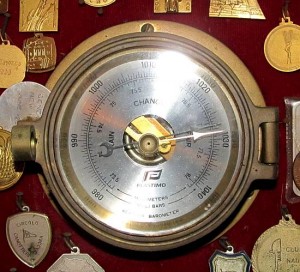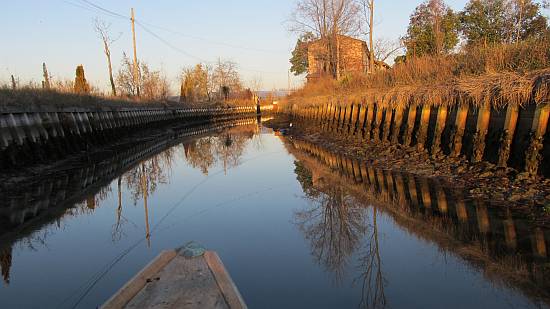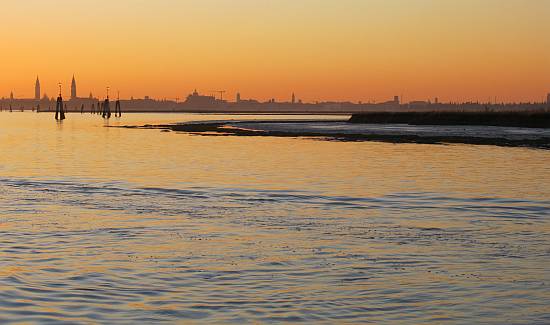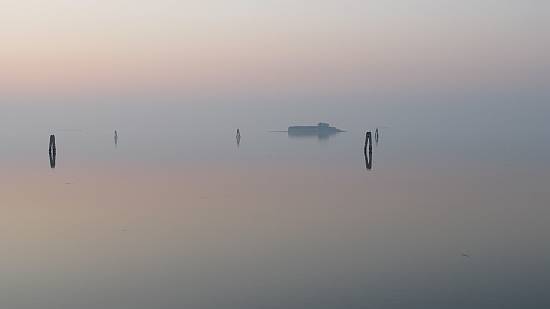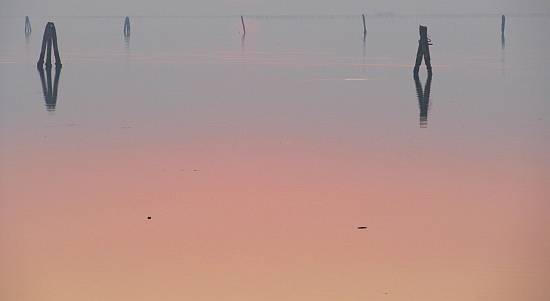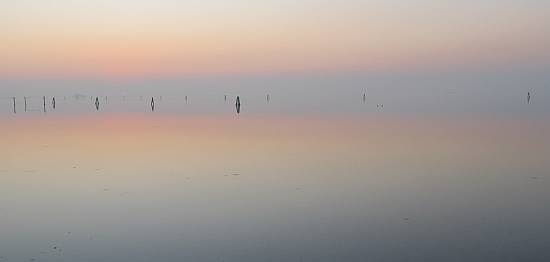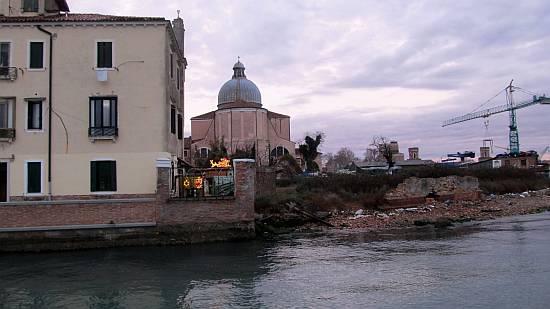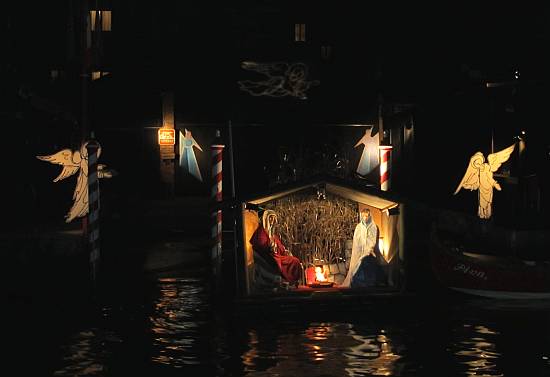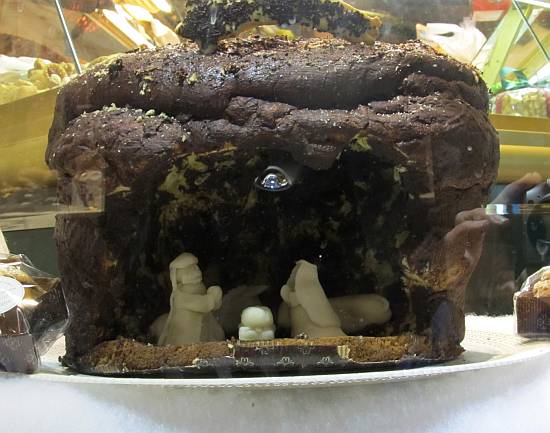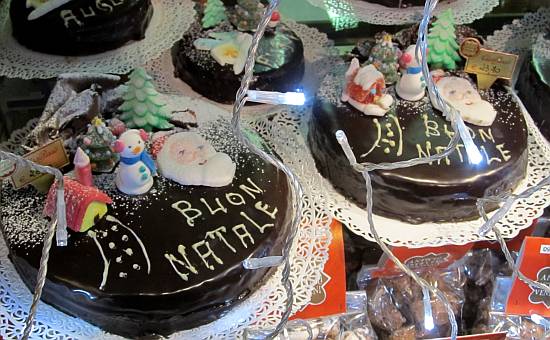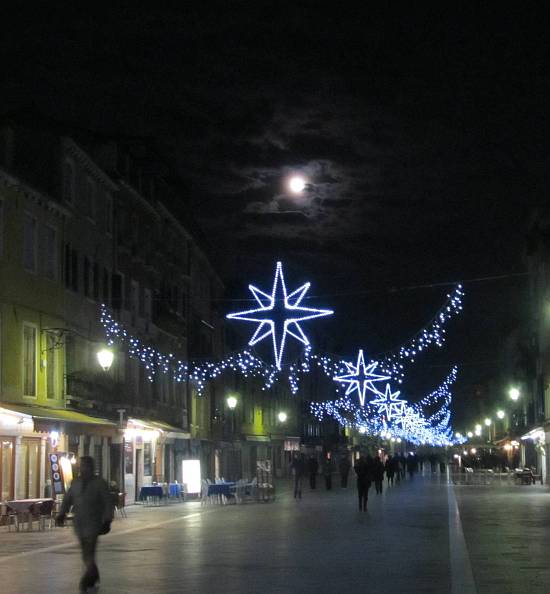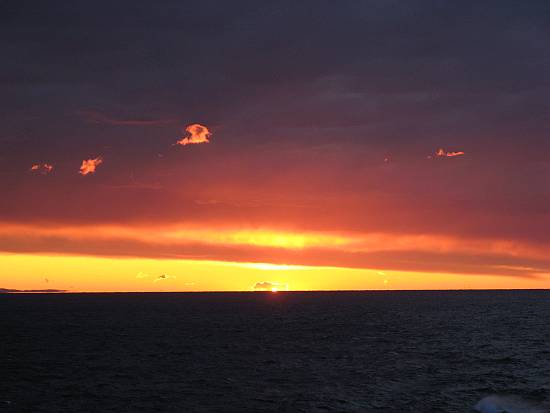
As you might imagine, during the past almost-week the shipwrecked cruise ship has taken over everybody’s thoughts and conversations here (as is probably the case in the rest of Italy).
Yesterday I got what I hope may be my final dose, as I sat in the doctor’s waiting room. Because he only comes to the neighborhood two hours a week (one on Wednesday, one on Friday — no appointments), the room tends to fill up fast. I suspect some of the old dears come over mainly to have the chance to indulge in a good long chinwag. They pretty much all know each other, and it’s better than a cafe’ because you don’t have to buy anything in order to sit and talk. They rarely say anything new on any topic at all — but if you do it right, it can take quite a while to contribute all the comments, opinions, and third-party bits of information to the information-mulching bin.
From this interminable gabfest about the Costa Concordia, I came home with many interesting things to consider.
1. Castello is populated entirely by experts on navigation. I heard so many detailed analyses of the fine points of the engineering, construction, and behavior of very large ships that I can’t believe they, including the grandmothers, aren’t all retired admirals.
2. None of the people present would ever consider, not even for a moment, going on a cruise. The implication is that they’re too smart to risk their lives on a vehicle and in a medium that is so inherently dangerous, and which any intelligent person would long since have known.
3. The ship is too big to make any kind of sense — 4, 429 people on board! This fact naturally sent up warning flares, confirming the intelligent people in their decision not to have taken a cruise on it.
4. The captain screwed up.
First prize for originality goes to the lady sitting next to me, whose observation was the following: “And they even had a climbing wall on the ship! What does anyone need with a climbing wall?” This was said with a whiff of scorn, which gave me the unpleasant sensation that in her opinion, you can virtually assume that a ship with a climbing wall is going to come to a bad end. I’m not saying that she believes it deserved to hit the rocks, or that the people who were on it were another race of people who require things that are obviously no earthly use to decent people who know enough to stay at home and hang out at the doctor’s office. But to her, the climbing wall was ominous.
The subject of abandoning the ship also got a certain amount of attention because everyone — including me — is utterly fascinated and bewildered by Capt. Francesco Schettino’s behavior. The exchange between him and Capt. Gregorio De Falco of the Capitaneria di Porto in Livorno is harrowing, right up to the point where De Falco orders the captain to return to the ship, and he refuses.
A few commentators (not in the waiting room) have confessed a sort of shame that a nation which had produced such immortal seamen as Columbus, Vespucci, Verrazzano, Da Mosto, Caboto, had come to this. Italy has, in fact, been blessed by any number of men who had — as the saying here goes — “balls squared.” And they aren’t all world-famous.

There is one who is famous only among Italian and/or World War II buffs, whose name deserves to be added to the list if for no other reason than to provide a counterweight to the crushing gravity of the current situation. Of course I realize that a hero in Column A can’t do much to redeem a caitiff in Column B. But I still want you to know about him.
His name is Salvatore Todaro (1908 – 1942), and I am not referring to Salvatore “Black Sam” Todaro, the mobster. Our Salvatore (whose name means “savior” — keep this in mind) was a submarine commander and came from Chioggia, just down the lagoon from Venice. Just to indicate that mariners from Chioggia aren’t necessarily limited to tying and untying the vaporettos at each stop.
He died in combat in 1942 with six medals for bravery, whose dedications contained such phrases as “resplendent example of serene, intelligent courage,” and “a mystic devotion to duty understood in its highest and broadest sense.”
Here’s an example: The “Kabalo Affair.” Off the island of Madeira on the night of October 16, 1940, he attacked and sank a Belgian ship. He then saved its 26 sailors, and towed them toward safety aboard a raft. When the towing cable broke after four days, he took them all into the submarine till they reached the Azores, where he put them ashore.
As Lino tells the story, Todaro recounted later to have prayed fervently not to encounter any enemy ship on the way because he would have been forced to dive, inevitably killing his enemy passengers because the only place he found room to stash them was in the compartments which, in order to effect a dive, are filled with seawater. One of his few comments on the exploit was “I’m here to destroy ships, not men.”
I realize that you have to be born that way — they don’t teach it in Captain School. But they must teach something rudimentary of that nature, which did not immediately come to the mind of Francesco Schettino. Which in addition to the loss of life, makes me extremely sad.
